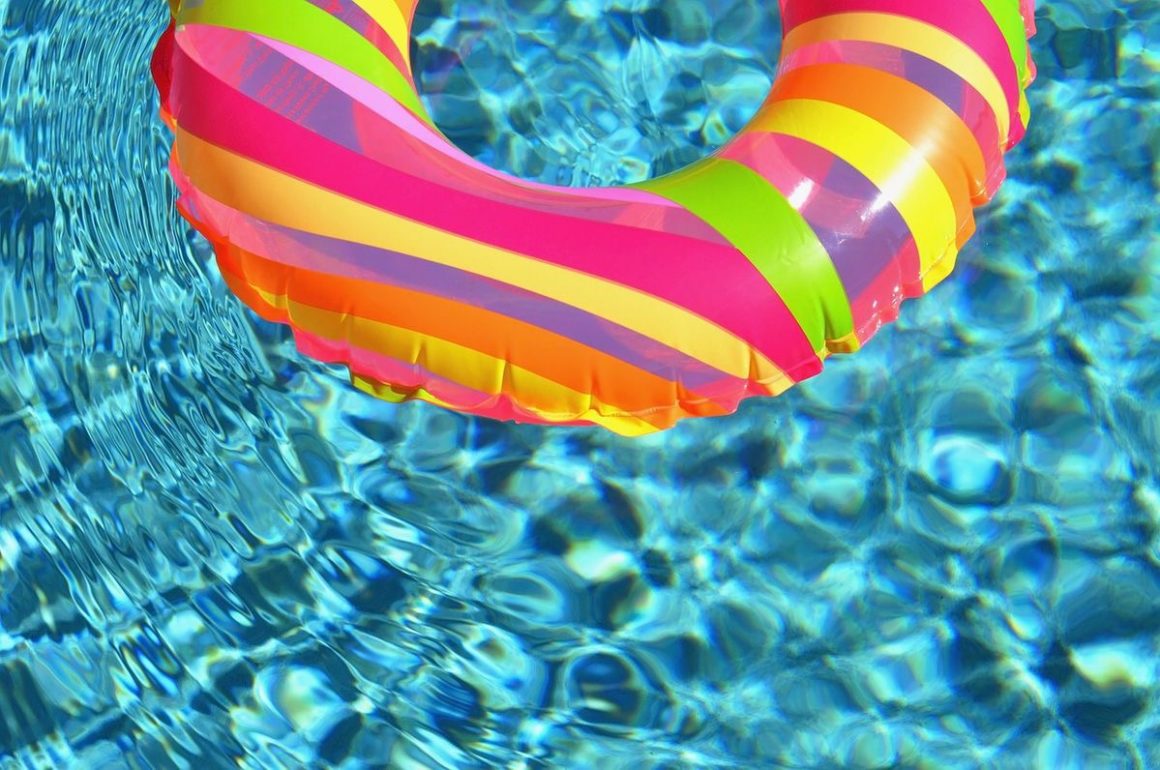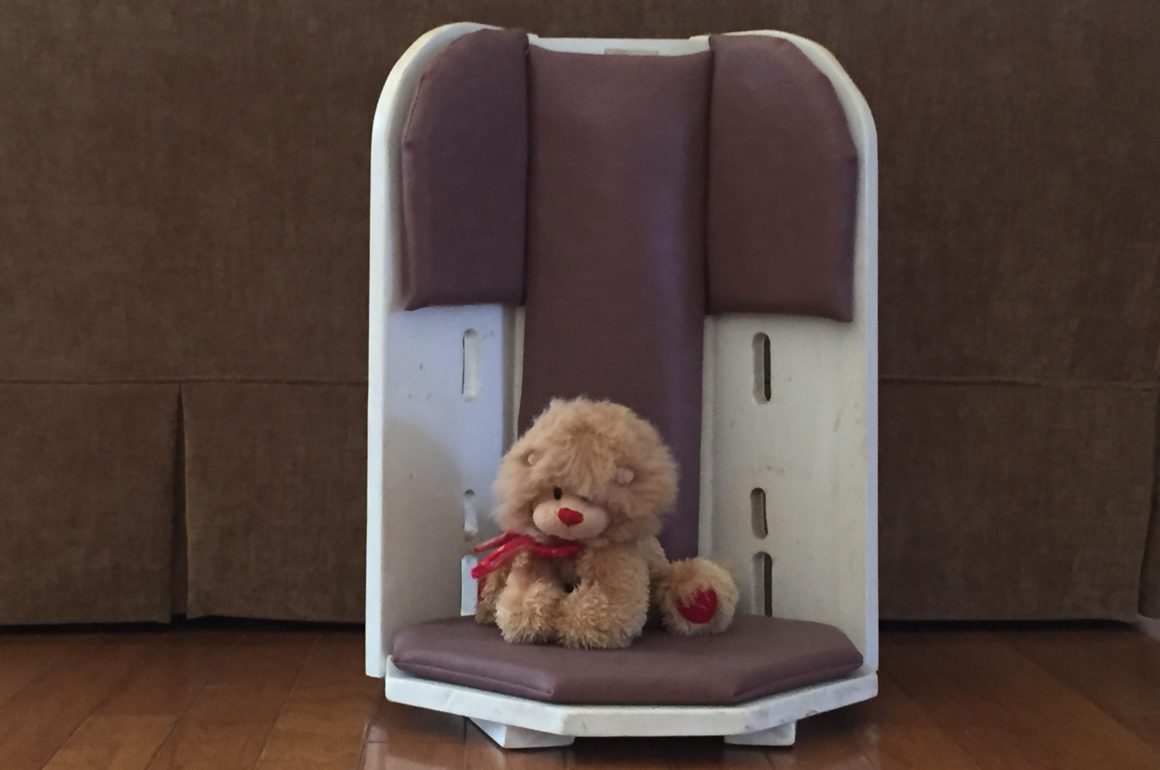A week ago, we got Gabriella in the pool twice. This wasn’t always a big deal, but it is now.
Our daughter has always enjoyed the water. The sight of her shower chair rolling down the hall toward her room brings whoops of joy that continue until we dry her off afterward. Her favorite moments at the Shore involve riding her beach wheelchair into the low tide and feeling the spray on her toes. But the occasional dip in the pool remains her ideal.
We have our guesses why she loves it so much. After spending most of each day in her chair, it must be pleasant to feel her legs adrift. We only take her into heated pools, whether indoor or out, and the warmth seems to soothe her. Either Lisa or I hold her torso to torso, sometimes facing us, sometimes facing away, relishing the shared experience. We also appreciate the glee on her face as we bob her and turn her in the water.
The pool at our summer place has provided many hours of fun for our family, but I have become somewhat more hesitant to bring her. The process remains straightforward. We wheel her chair to the top of the pool-stairs, I lift her out and down into the water, I get her to the deeper end. My wife and I pass her between us, changing her position to keep her interested. With her ear close to my lips, I whistle as I do at bedtime. Lisa holds her facing out and they make a game of splashing Daddy. We stay in for thirty or forty minutes and she is peaceful and happy. When she gets cold, I carry her to where Lisa waits to wrap her in a towel, and we settle her back in the chair to dry off. After a short time in the sun, we transport her inside and up to our floor and remove her navy-blue swim-diaper, less absorbent than her usual diapers. It’s a fair bit of work and unchanged with each passing year, but it brings great pleasure.
Years ago, it was easy to bear our daughter up from chair to my arms and walk her down the pool-stairs into the low water. Even at age twelve, she weighed less than sixty pounds. Her mom and I were younger, too. Now, however, Gabriella weighs nearly one hundred and our backs have gotten creakier.
Last year, we saw two other families struggling to get loved ones in the pool, including a young man much heavier than our daughter. We’ve asked about installing a handicap-accessible lift to manage getting her in and out, and will continue to pursue this.
When we’ve traveled more recently, we have sought pools with ADA lifts. While infrequent, we have been able to get her into the water in a facility in Williamsburg and on our cruise a few years ago. And then last week, when my mom hosted a Van Heest family reunion at Mohonk Mountain House, we got her in twice.
The ADA lift offers a chair that starts over the side and ranges out over the water. Some facilities demonstrate the equipment and then turn it over to the family, but Mohonk had their employee operate it. We transferred Gabriella from her wheelchair to the lift-seat, then I lowered myself into the pool and they lowered her until I could receive her. We took advantage of their morning Adult Swim hour when it was less crowded and quieter.
Both times, Gabriella loved the pool. And with the benefit of the ADA lift, I emerged with energy, ready to enjoy time with family in a beautiful setting.








